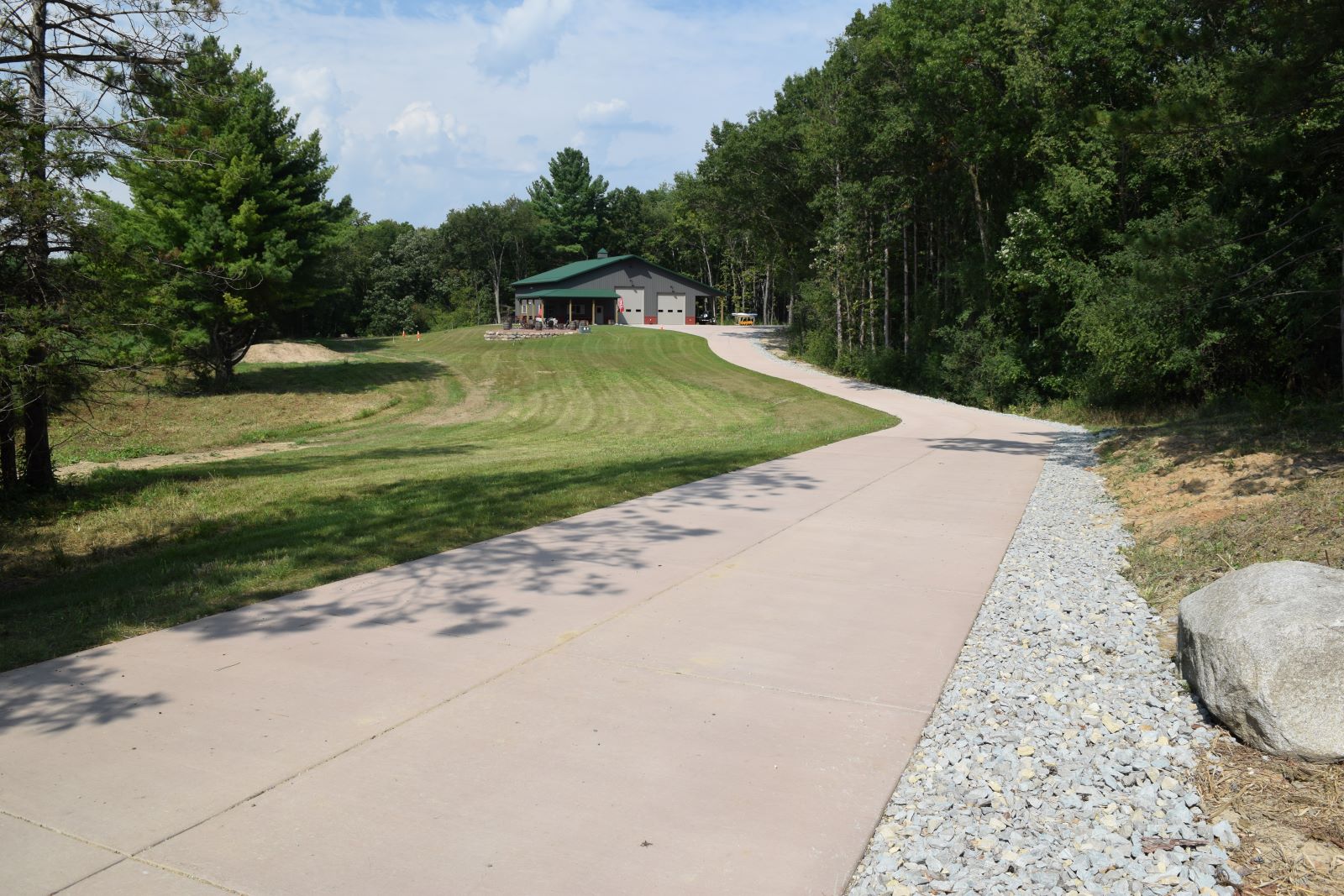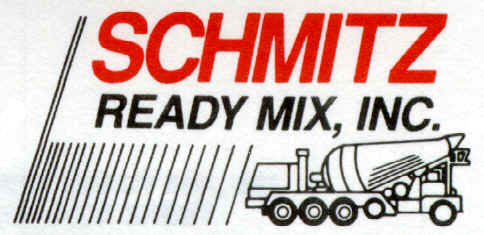Protect Your Investment
A concrete project is not complete until all Six Steps to Quality Concrete are followed. Make sure your concrete is properly cured and sealed.
The best way to protect your concrete investment is to be knowledgeable on its proper installation and aftercare. There are six requirements to achieve quality exterior concrete flatwork. The contractor who places the concrete must follow the first five requirements. You will want to make sure before the job is done that, they have fulfilled the fifth requirement – Proper Curing. This requirement includes the following: The concrete must be cured immediately after finishing! Curing greatly increases the strength and durability of the concrete surface and its resistance to freezing and thawing as well as de-icer salts.
- Curing is a process where a satisfactory moisture content and temperature must be maintained for a 7-day minimum.
- There are several methods of curing however the most common method is the use of a high-quality spray on curing compound applied at the manufacturer's recommendation (contact your local ready-mix supplier to purchase this product).
- In spring and fall when average temperatures are below 50 degrees, use cold weather concrete practices to maintain temperature and cure the concrete for at least 7 days.
After the contractor applies a curing compound to the concrete, directly after the final finishing step, the number six requirement - Consumer Sealing and Aftercare should begin. Proper Sealing & Aftercare involves the following items:
- Keep vehicles off of freshly placed concrete for at least 7 days.
- Freshly placed concrete should be sealed after allowing a minimum of 30 days to air dry. Consider resealing aged concrete every several years or as wear in high traffic areas begins to show. Follow manufacturer's recommendations (contact your local ready-mix supplier to purchase this product).
- Sealing is a process where a protective coating or penetrating water repellent material is applied to keep moisture and contaminates out of the concrete.
- The use of down spouts can help ensure that drain water does NOT undermine the slab which can cause settlement cracks.
- Prevent snow and ice from accumulating on the concrete especially during the first winter.
- NEVER allow the use of de-icing chemicals especially the first winter. Sand can always be used for traction.
- Never use de-icers containing fertilizer ingredients such as ammonium sulfate, ammonium nitrate, calcium chloride and magnesium chloride. These chemicals WILL ATTACK AND DESTROY CONCRETE BY CHEMICAL REACTION. NEVER USE THESE PRODUCTS!
It is recommended that you seal your concrete every two to five years, preferably in September, depending on the type of product used. Concrete like any natural material must be protected against freeze-thaw cycles and chemical de-icers that are used. As the concrete sealer wears from year to year a new layer of water repellant sealer should be applied to increase the longevity of the concrete surface.

Concrete Driveways - A Symbol of Quality
H.L. Mencken, the famous American journalist, once wrote that "a home is not a mere transient shelter; its essence lies in its permanence ... in its quality of representing, in all its details, the personalities of the people who live in it."
Home builders and architects strive to create an idea that will appeal to the home buyer; houses that will entice the new owner to buy them because they feel comfortable with it and because they feel it reflects well upon them.
However, one area frequently overlooked, not thought about, or not considered as in depth as it should be, is the driveway. It is easy to overlook the driveway when one is making the hundreds of decisions about a new home. Yet the driveway is the ultimate welcome mat to a home. It gives an immediate impression of the home and the homeowners, and it should bear the brunt of significant wear.
A concrete driveway is a symbol of quality. It is a great investment. A concrete driveway should last a homeowner at least 30 years, while other paving options frequently will need to be replaced every ten years. By the time one factors in how much longer a concrete driveway lasts and how little maintenance it requires, a concrete driveway is not only cost competitive, it is clearly the better bargain.
Once cured and sealed, a concrete driveway is virtually impervious to the weather. Snow is easily removed. Potholes and ruts will not develop, eliminating puddles. It will not get soft in the heat or allow tar to be tracked into the home. A concrete driveway will also brighten the welcome to the home at night as its light color will reflect available light, creating a safer environment around the home.
There are many guidelines that help ensure a home builder or a home buyer gets a quality concrete driveway. Proper mix designs and proper finishing play a critical role in the performance of a driveway. However, there is a lot of help available to make the process easier.
First, and foremost, contact your local ready-mixed concrete producer. They will have the names of quality flatwork contractors. The ready-mix producer has a vested interest in the driveway being placed properly.
A home is a lifetime investment. After making the selections on windows, carpets, doorknobs, cabinets, and shingles, remember to make a long-lasting investment in your driveway. Choose concrete - it is how ideas get built.





